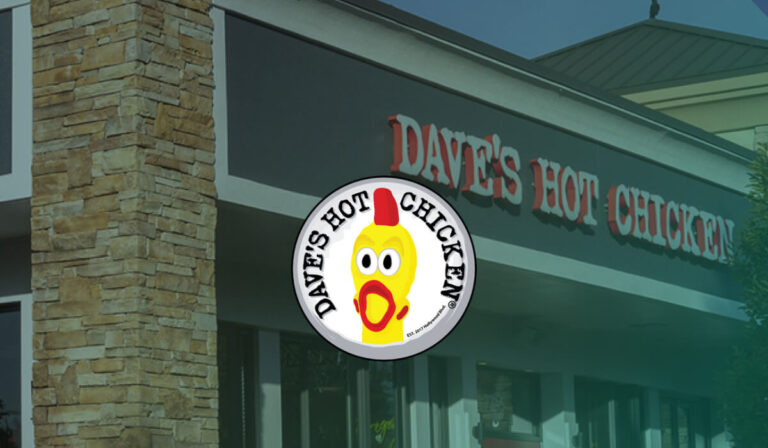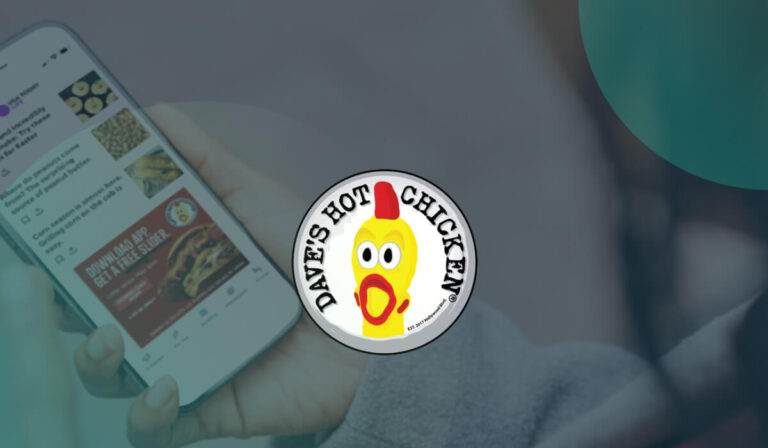Now serving an unpredictable 2023! As we all jump right into the new year, advertisers know it’s an important time to create new and improved marketing strategies to keep your existing customers and find new ones.
From the automotive market to the healthcare industry, a key ingredient of any effective marketing strategy during an unstable economy is to understand and incorporate real-world behavioral trends into your 2023 game plan. The quick service restaurant (QSR) industry is no different.
If you’re a QSR advertiser looking for behavioral insights to help your company grab a larger slice of the market share pie, we’ve got you covered!
Here are five real-world QSR market trends to help your 2023 campaign be the greatest thing since sliced bread.
To Eat Out, Or Eat In?
For most of 2022, consumers grappled with rising costs, such as menu prices and grocery bills, forcing many to weigh the financial benefits between going out to eat or eating at home. In fact, in the latest QSR Insights Report, we highlighted that the monthly average price grew by double digits (+16.3%) while basket size decreased (-5.3%). With recession fears looming, this question will likely be asked around many more dinner tables this year.
So, how can you use this insight to spice up your next QSR marketing campaign? Give your customers a value-driven reason to eat at your establishment! To win over those on the fence between going out and staying in, push limited-time offers (LTOs) and discounts targeting price-conscious customers, encouraging them to enjoy a meal out.
Battle Loyal
QSR advertisers know better than most of the importance of establishing brand loyalty in such a crowded market. However, when inflation gets thrown into the mix, QSR customers are much more likely to switch loyalties in search of the best deals.
Just last year, we witnessed many loyalty changes in the QSR industry, such as 15% of Chick-Fil-A customers switching to Burger King and 29% of McDonald’s customers switching to Subway. With many expecting prices to rise in 2023, the battle for loyalty will likely rage on.
How can you remain competitive and establish stronger brand loyalty next year? Win over deal-seeking customers by pushing reward-based coupons through real-time tactics, like Proximity Targeting, to influence loyal customers near your locations.
Make The Most Of QSR Apps
Following the pandemic, online ordering and home delivery became the new normal for many people. With the increasing significance of mobile apps in the overall QSR customer experience, making sure to incorporate app-based marketing tactics is essential.
Promote your QSR app by using hyper-focused ads targeting key areas, such as delivery zones, encouraging hungry patrons to place orders online. Also, our QSR Playbook shows seasonal weather changes create shifts in consumer dining behaviors, so take advantage of these changes through advertising tactics like Weather Triggering.
Flow With The Stream
Did you know that the average US adult watches 5.5 hours of TV and digital video content per day? Chances are this fun fact doesn’t surprise you because everyone loves to watch videos online.
According to eMarketer, U.S. connected TV (CTV) ad spending will hit $26.92 billion in 2023 and will likely continue to grow by double digit percentages through 2026. With more marketers incorporating CTV ads into their campaigns, brands are discovering that video-based marketing tactics can help build stronger connections with their target audience and create greater consumer awareness.
QSR advertisers, take note! Capitalize on this behavior by using video ads to deliver the right message, at the right time, to the right audience. Whether your campaign calls for CTV/OTT or pre-rolls, incorporating video ads in your QSR strategy can help your company take on the challenges of 2023.
Late To Bed And Early To Rise
Maybe it’s workers returning to the office, or maybe it’s people getting less sleep than they did pre-pandemic, but the battle for on-the-go breakfast customers and late-night snackers is on the rise. In fact, we found 41% of McDonald’s foot traffic occurs during the morning, while 35% occurs late at night.
Why not join in the battle, QSR marketers? Increase the traffic to your restaurant during these specific times by using Custom Audiences, ultimately giving you the data you need to increase your presence and customer loyalty.
Whatever this year serves up, keep these real-world behaviors in mind to help make your 2023 campaigns the big cheese of the QSR industry. For more real-world behaviors and QSR market trends, make sure to check out our Lean: Insights Reports to take your marketing strategy to the next level.





